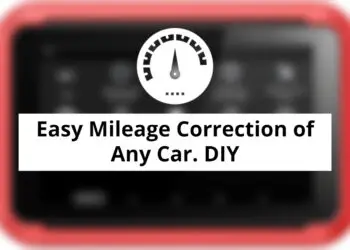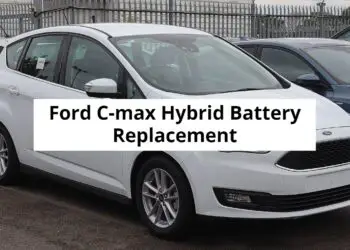Charging an electric vehicle is not a big deal these days. Here we brought you the charging basics of Hyundai Kona Electric. One of the most popular EV in the automobile industry.
Hyundai Kona Electric can provide up to 258 miles of driving range on a full charge. And there are three ways to charge it each with a very different charging type.
Level 1 Charging
Level One is the simplest and also the slowest. You plug one end of the Hyundai portable charger into a standard 120-volt household outlet and the other into the charging connector port on the front of your vehicle.
At a typical charging rate of 1.2 kilowatts per hour, it takes about 59 hours to fully charge the battery from nearly empty.
Level 2 Charging
Level two charging is much faster and requires a 240-volt charger. You might have one installed at your home or use one of the thousands of public chargers all across the country.
Level two chargers deliver about 6 kilowatts of power per hour. That adds up to 25 miles of range per hour of charging, you can go from nearly empty to 100% in about nine and a half hours.
Both level one and two chargers use the same type of connector to plug into your Kona Electric. It’s commonly called A J-plug.
Level 3 – DC Fast Charging
Then there is level three or DC fast charging. This high-speed option is only available at DC fast capable public EV stations.
Not all DC fast chargers are the same. A 50-kilowatt charger provides about 165 miles of range per hour up to an 80% charge level.
A 100-kilowatt charger is significantly faster. Charging speeds drop considerably after reaching 80%. To plug in a DC fast charger, your Kona Electric requires what is commonly called a Combo Connector as do many other EVs.
Some automakers use a CHAdeMO connector, while others have their proprietary type.
Not every DC fast charging station offers a Combo Connector. Be sure to check available connector types when searching for stations. No matter what type of charger you use. You need to access Kona Electric’s connector port.
How to Charge a Hyundai Kona – Charging Basics Steps by Steps
- First, make sure your vehicle is unlocked.
- Push on the right edge of the charging door and when it pops out, pull the door towards you.
- Remove the dust caps, then plug in the car.
- Check to see that your vehicle is charging, the charging indicator on the instrument cluster will be illuminated. If you’re at a public station. You can also look at its display screen.
- You might also check the remaining time message on your vehicle’s LCD screen. This appears for the first minute of charging and shows how long it will take to reach the maximum driving range. It also shows the current battery level and the charging station’s power output.
Auto-Lock Charging Connector
Here’s another feature that you may find useful. The Hyundai Kona Electric charging connector auto-lock button. If you lock your vehicle while plugged in. The charging connector will normally be locked in place too but you have the option for the connector to automatically unlock when charging is complete. That allows other people to disconnect the charging cable and use it themselves. It’s a common courtesy of public stations.
The charging connector auto-lock button is located on the driver-side dash panel. When the auto mode indicator is illuminated, the charging connector will automatically unlock, once charging is complete. When the light is off, the charging connector will remain locked even after charging is finished. That may be useful if you’re using the Hyundai portable charger in an unsecured area, and you want to ensure that no one else can use it.
To unlock the connector, you must unlock all the doors on your Kona Electric. Once charging is complete, remember to replace the dust caps. Many other great features will help you get the most out of your electric vehicle. You might wanna check them out. Press the EV button and take a look. The more you know, the more you’ll enjoy your Kona Electric.
We have covered a huge area on charging basics of your Kona EV. We hope you got a clear idea even you are a beginner to an electric car. This guide is almost always valid for any other similar type of EVs in the market. If you have any questions, please don’t hesitate to ask.



